Category: Scriptures
-
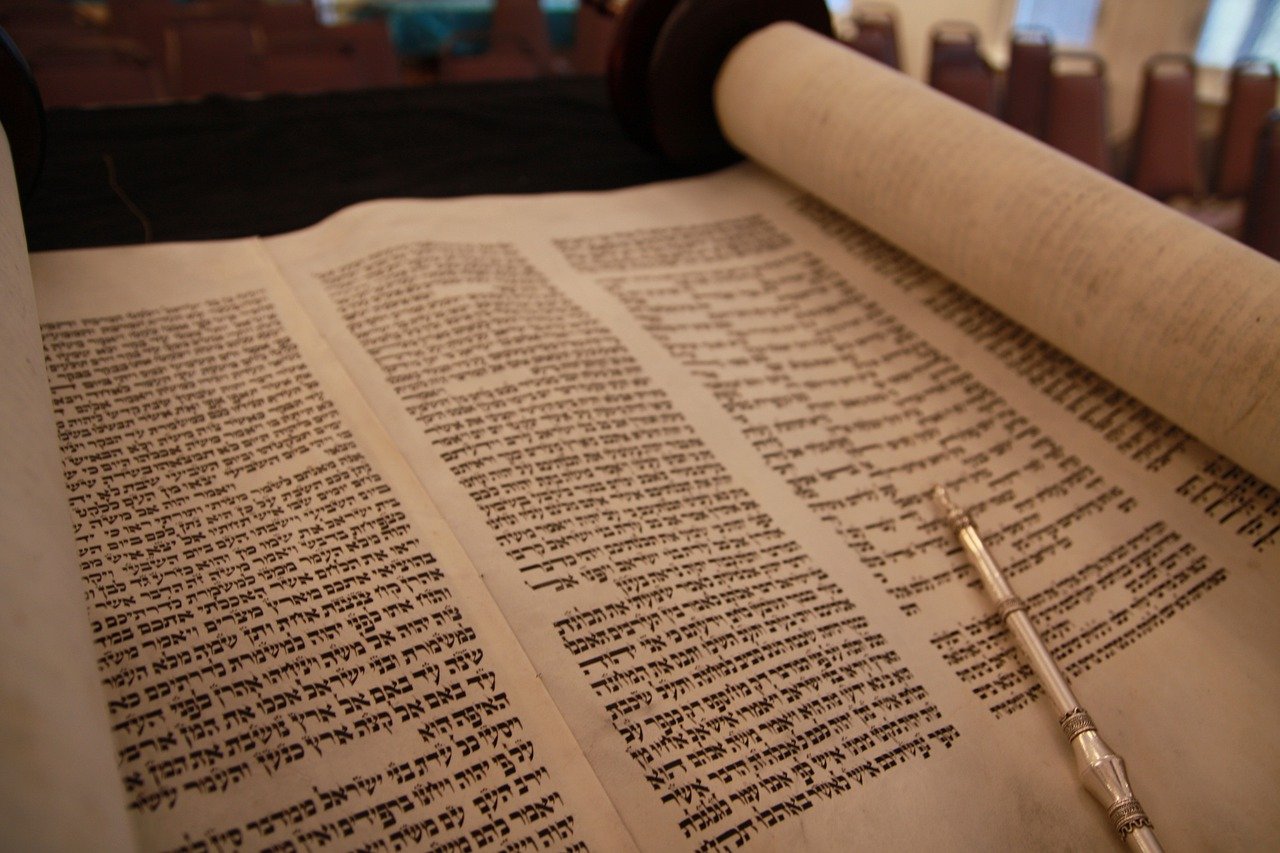
The Contradictory Commands, Part 3: A Tale of Two Records
In part 1 of this series discussing the contradictory commands given to Adam and Eve to not partake of the forbidden fruit but to also have children, I discussed the possibility that they would have been resolved in time, but they jumped the gun and listened to Satan rather than God, which is why they…
-

The Contradictory Commands, Part 2: The Higher Law
Part 1 of this series discussed the contradictory commands given to Adam and Eve to not partake of the forbidden fruit but to also have children, I discussed the possibility that they would have been resolved in time, but they jumped the gun and listened to Satan rather than God, which is why they were…
-

The Contradictory Commands, Part 1: Isn’t It About … Time?
One Sunday while I was on my mission, I was asked to teach the Gospel Principles class. The class was very small (just the missionaries and one part member family we’d been teaching), and the subject was the Fall of Adam and Eve. I remember this lesson, because I was explaining conditions in the Garden…
-
“I saw the hosts of the dead”
President Joseph F. Smith’s Vision of the Redemption of the Dead is one of the most recent documents to be included in our cannon (only followed by Official Declaration 2). Experienced on 3 October 1918 and recorded shortly thereafter, the vision outlines the underlying theology behind proxy work for the dead that we perform in…
-
“The Word and Will of the Lord”
There is a story about President David O. McKay where a youth who wasn’t active in the Church flippantly asked him, “When was the last time you talked to God, President McKay?” President McKay answered in all seriousness that: “It was last week.” The person who shared the story noted that: “He left everyone wondering…
-
“There is never but one on the earth at a time”
Polygamy was one of the most divisive and explosive policies that Joseph Smith ever embraced. In many ways, it was what led to Joseph Smith’s death. He knew that it would be a cause of contention, both within the Church of Jesus Christ of Latter-day Saints and with those who were not members, and he…
-
“This ordinance belongeth to my house”
Throughout this year, I’ve talked about the development of temple doctrine as a braiding of strands from Joseph Smith’s theology and cosmology. That continues to be true of the 1840s, when the Latter-day Saints were working on the Nauvoo temple. Previously, when discussing the House of the Lord in Kirtland, I discussed the idea of beholding…
-
“Instituted for travelling Elders”
If you’ve ever asked yourself what exactly is a Seventy, you’re not alone. In fact, I’d dare to say that the question is one of the more persistent ones throughout Church history. Based on two brief mentions in the Bible, the idea of the Seventies is laid out in two separate documents in the Doctrine…
-
“Adam shall come to visit”
Charles Darwin’s niece once told her son (the famed British composer Ralph Vaughan Williams) that: “The Bible says that God made the world in six days, Great Uncle Charles thinks it took longer: but we need not worry about it, for it is equally wonderful either way.”[1] While it is wonderful either way, since the…
-
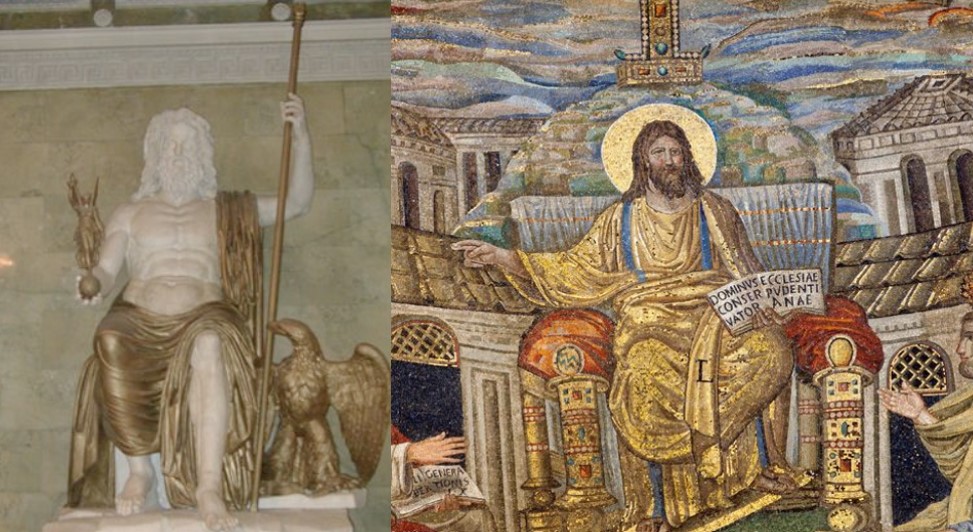
“They saw the Lord”
What does Jesus look like? It’s a question that we can only guess the answer to or speculate about, but one that does come up in a religion that embraces using artistic depictions of members of the Godhead. In general, the scriptures fail to describe his physical appearance in any detail. Joseph Smith documented several…
-
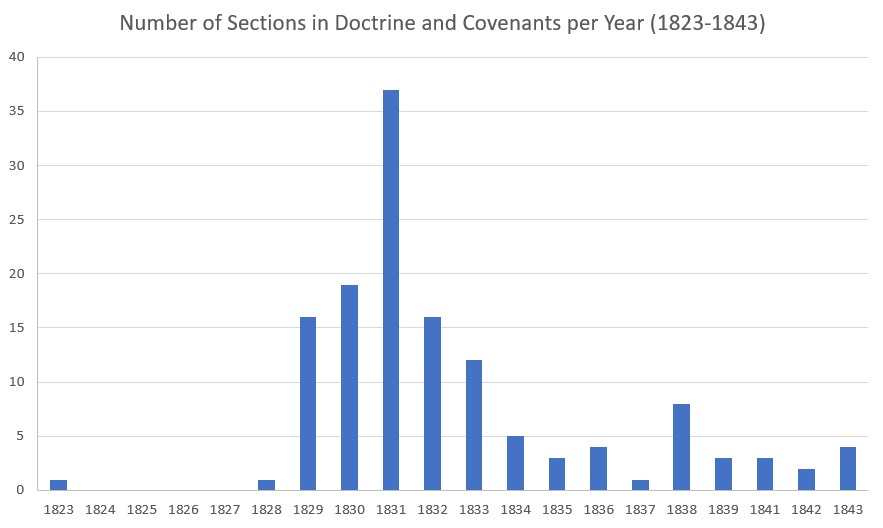
“To ordain and set in order all the other officers of the church”
Section 107 has one of the more complicated histories out of the documents presented in the Doctrine and Covenants. It is not a single revelation, but rather a few that were compiled together and expanded in significant ways, with the individual portions reflecting their original context and some of the later context of the time…
-
“I the Lord have suffered the affliction to come upon them”
During an episode of the popular British Sci-Fi show, Doctor Who, the titular character confronts a woman who has engaged in a series of witch hunts in seventeenth century Britain. The witch hunter explains her view that she is required to: “Kill the witches, defeat Satan. As King James has written in his new Bible,…
-
“The constitution of this Land”
The attitude of Latter-day Saints towards the United States government has historically been paradoxical. As Dale Morgan wrote: “The Mormons had a profound respect for government and governmental forms, but disrespect for and outright distrust of ‘the damned rascals who administer the government.’”[1] Church leaders have encouraged beliefs that inculcate support for governments, yet we…
-
“Concerning the building of mine house”
The temples of the early Latter Day Saint movement were a place where several strands of Joseph Smith’s theology and doctrine were braided together. In the summer of 1833 (in the revelations we are studying this week for “Come, Follow Me”), we can see that braiding happening. Referencing some major topics we’ve already discussed this…
-
“That you may understand and know”
“The world is changed. … Much that once was is lost, for none now live who remember it. … And some things that should not have been forgotten were lost. History became legend. Legend became myth. And for two and a half thousand years, the [true Gospel] passed out of all knowledge. Until, when chance…
-
“This is the light of Christ“
As one of Joseph Smith’s largest revelations, Doctrine and Covenants, Section 88 (or, as Joseph Smith called it, “the Olieve leaf which we have plucked from the tree of Paradise”) has a lot of different talking points. As historian Richard Lyman Bushman wrote: “Nothing in nineteenth-century literature resembles it. … The ‘Olive Leaf’ runs from…
-
“These two Priesthoods”
Words can be a bit slippery, particularly when we use them in different ways over time. Take, for example, the use of the word “ordinance” in the Church. In its most basic sense, an ordinance is an authoritative order; a decree or a piece of legislation (think of a city ordinance). It seems very possible…
-
“This is Elias”
In both the Vision studied recently (D&C 76) and the first revelation studied this week (D&C 77) there is a mysterious figure referenced as Elias. Throughout the remainder of his ministry, Joseph Smith would use this name-title to refer to individuals who served as forerunners with preparatory or restorative responsibilities. But, at times, it also…
-
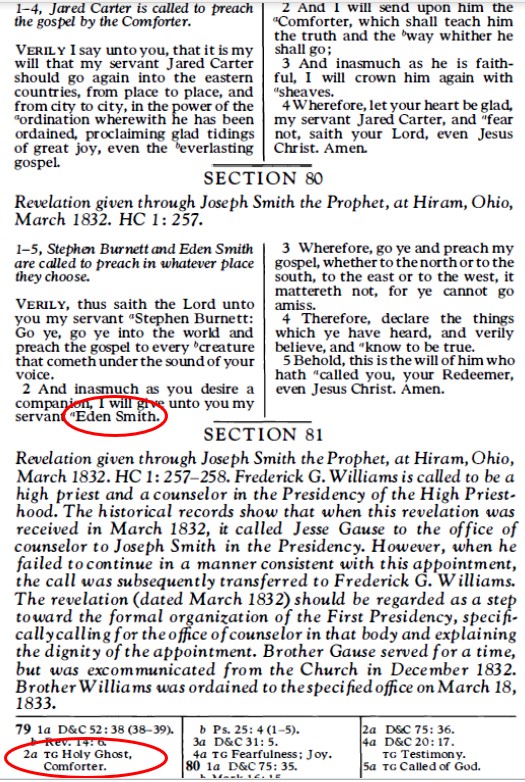
A Scriptural Prank
One day while I was serving my mission, my companion told me that he knew the name of the Holy Ghost. I told him I was doubtful, but he insisted that it was Eden. He opened his scriptures to Doctrine and Covenants, Section 80, pointed to Eden Smith’s name, and told me to look at…
-
“They cannot come worlds without end”
One of the methods that paleontologists use to understand the age of a fossil in relation to other fossils at a site is by looking at layers, or strata. The basic idea is that layers build up over time, with organisms becoming part of the sediment layers as the organisms die and get buried while…
-
“Exhortation to the churches”
It can be easy at times, when studying the early history of the Church through the lens of the Doctrine and Covenants, to forget that there was a whole life and existence in the Church outside of the main gathering places in Ohio and Missouri. We spend so much time following Joseph Smith and his…
-
“Whoso forbideth to abstain from meats”
It’s a well-known grammar joke that punctuation can save lives, since there is a difference between saying: “Let’s eat, Grandma!” and: “Let’s eat Grandma!” Punctuation and grammar do make a difference, as Oakhurst Dairy found out the hard way a few years ago. In a legal case about overtime for drivers and a state law…
-
Daniel Becerra on 3rd and 4th Nephi
Within the Book of Mormon, 3rd and 4th Nephi are arguably some of the most important portions of the book, with their focus on the in-person ministry of Jesus Christ among the children of Lehi and what followed because of that ministry. Daniel Becerra, author of the book 3rd, 4th Nephi: A Brief Theological Introduction,…
-
“Provide for him food & raiment”
As a missionary, I occasionally found myself in the uncomfortable experience of listening to my companions talking about how proud they were to be part of a Church where every calling is performed on a voluntary basis, with no compensation—from the top leaders on down to the local level. My discomfort was caused because, in…
-
“Endowed with power from on high”
The revelations we are studying this week continue with themes found in revelations from throughout 1830, such as an imminent Second Coming and the gathering, but also set up an expectation for an endowment of power that would be an important theme for much of the remainder of Joseph Smith’s ministry. After the conversion of…
-
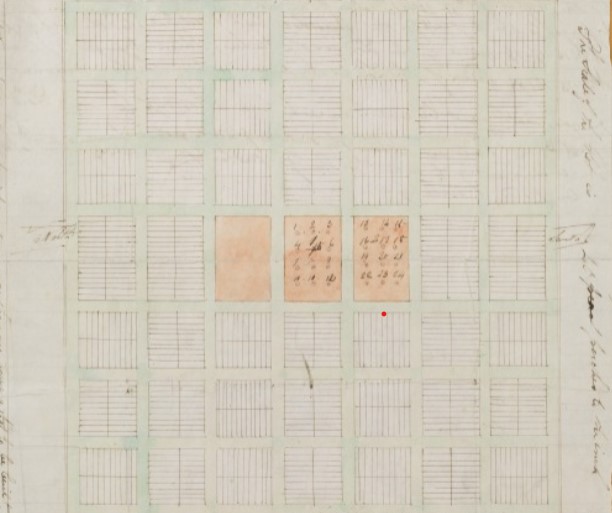
“The gathering of mine Elect”
Change and continuity create an interesting tension in the Church. I explored this in a previous post as the tension of believing in an everlasting, unchanging gospel that we have had restored to us and the belief in ongoing revelation and changes to adapt and evolve the Church to our current circumstances. Changes can be…
-
“For he Receiveth them even as Moses”
Several years ago, I had a conversation with co-worker from outside of Utah about various Mormon churches that existed in Utah. He had been doing some research and we were discussing fundamentalist Latter-day Saint groups (ones like the FLDS or the Apostolic United Brethren that promote polygamy and other doctrines from the early Utah era)…
-
“It is expedient that the church meet together often to partake of bread and wine”
If the Book of Moroni is an instruction manual to “build a church,” as Michael Austin suggests, with the “nuts-and-bolts how-to-run-a-church stuff that anybody trying to reassemble what the Nephites built will need to know,”[1] then Doctrine and Covenants Section 20 represents an effort to take that manual, adapt it and expand on it for…
-
“It is not written, that there shall be no end to this torment”
Years ago, I attended a testimony meeting that began with a counselor in the bishopric talking about how grateful he was to be a part of a religion where believed that God was full of grace and would save almost every individual in one degree of glory or another. He quoted from the Vision in…
-
“You shall obtain a view of them”
What were the three witnesses promised and what did they claim to experience? The basics of answering this question seems obvious—they saw the gold plates and other artifacts related to them. What is less apparent is how the Three Witnesses had that experience, since there are indications that they viewed the plates in vision, rather…
